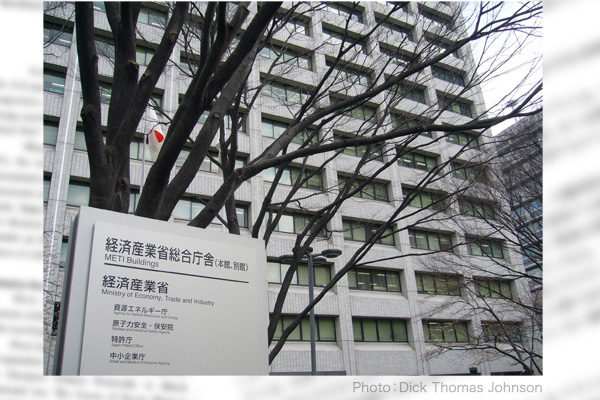Japanese Prime Minister Fumio Kishida instructed to utilize nuclear power generation in August. In response, the Ministry of Economy, Trade and Industry presented a draft plan for the direction and the road map of nuclear energy utilization to an advisory panel on November 28. The plan will be finalized by the end of the year at the government’s GX (green transformation) Implementation Council. Nuclear energy utilization measures will include (1) the early restart of nuclear power reactors that have passed safety tests, (2) the extension of nuclear reactors’ service life now set at up to 60 years and (3) the development and construction of innovative light water reactors and new-type reactors set to replace reactors planned for decommissioning.
Renewable energy promotion policy failing
As Western economic sanctions on Russia for its invasion of Ukraine and the Russian retaliation have triggered natural gas shortages in Europe, electricity prices have been spiking. In Germany, for instance, electricity and gas prices more than doubled in two months. In Japan, many power utilities plan to raise electricity prices by 30-50% from the beginning of next year. Kyushu Electric Power Co. and Kansai Electric Power Co. that have each restarted multiple nuclear reactors are managing to avoid price hikes. No country has successfully taken advantage of solar, wind and other renewable energies for full electricity supply.
The German-led policy of giving top priority to renewables has failed. Let me explain the reason for the failure in an easy-to-understand manner. Assume that Japan will have built solar photovoltaic capacity to cover all its electricity demand. Solar PV generation occurs only during six hours per day, or a quarter of one day. In Japan where the fair-weather frequency is 50%, electricity supply may be limited to some 13% of the capacity. Similarly, electricity supply from wind power plants may be limited to 25% of their power generation capacity. Solar PV and wind power supply may thus cover a total of 38% of electricity demand. Even if 10% for hydropower plants and biomass equipment using wood chips and other biomass fuels is added, only 48% of electricity demand may be covered. Under cloudy and windless conditions, the 38% will become zero. Thus, to avoid electricity shortage due to bad weather, fossil-fueled, nuclear and pump-up power plants should be ready to cover 90% of electricity demand, with the rest being covered by hydropower and biomass plants. In other words, under the policy of giving top priority to renewables, Japan may have to invest in power generation capacity that would be 2.9 times as high as indicated by Japan’s power demand.
Furthermore, when renewables alone cover all electricity demand, batteries are required to store electricity to maintain electricity supply in case that cloudy and windless conditions continue for a week. Such batteries will cost some 800 trillion yen. The enormous cost, equivalent to several times as much as Japan’s annual national budget, may be economically difficult to justify.
Innovative reactors to usher in a new era
Innovative light water reactors set to replace reactors scheduled to be decommissioned will feature extensive safety measures adopted through an analysis of factors behind the Fukushima Daiichi nuclear power station accident and boast of the world’s most advanced specs including equipment for containing radioactive materials and a “core catcher” receiving molten materials from the core.
The Komeito party, the junior coalition partner for the ruling Liberal Democratic Party, that had opposed the construction of new reactors has accepted the safer reactors as the replacement of older ones. Innovative light water reactors are aimed at beginning commercial operations in early 2030’s. Towards the 2050 goal of carbon neutrality, 10 to 20 innovative light water reactors may be built to usher in a new era. Equipment, human resources and supply chains may be revived to activate Japan’s growth strategy to take advantage of cheap, stable electricity.
Tadashi Narabayashi is a specially appointed professor at the Tokyo Institute of Technology and a director at the Japan Institute for National Fundamentals.


